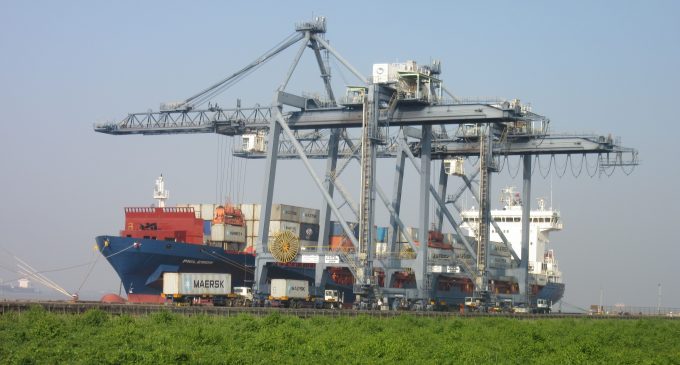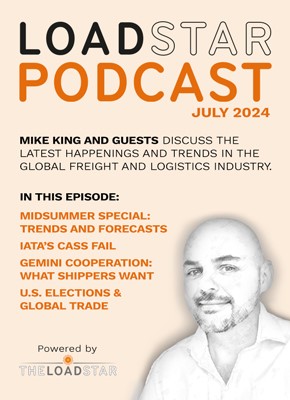
Intra-Asia freight rates have hit rock bottom, with overcapacity and carrier concessions forcing prices to under US$10 on some lanes.
“Rates in many corridors have been falling quite dramatically, sometimes plunging as much as 30% on some of the head-haul corridors from North Asia to South-east Asia,” said Naresh Potty, MCC Transport’s chief commercial officer.
He added: “The rates from South-east Asia to North Asia are not faring any better, with some of the main corridors now selling for single-digit freight rates. This is simply not sustainable.”
Weak demand and overcapacity meant depressed rates were already taking hold in Q4 15, when MCC Transport was forced to consolidate its network. The Maersk Line intra-Asia specialist and feeder carrier closed two services and removed six ships.
But Mr Potty told The Loadstar the poor performance of intra-Asia lanes this year was not only a result of too much tonnage.
“The rate situation is a combination of overcapacity and, to an extent, a reflection of rate declines on the long-haul trades. But compounding the issue are carriers offering additional concessions, like longer freetime. With the freight levels the way they are, such concessions only serve to further aggravate the situation.”
Clearly intra-Asia, the world’s busiest tradelane with an estimated 35m teu, has not been exempt from the global crises in freight rates experienced this year. According to Drewry, although globally rates are forecast to rise moderately over the next 18 months, the all-time lows reached recently will cause substantial industry losses in 2016.
As these losses drive further consolidation between major global shipping lines, through mergers, acquisitions and mega-alliances, niche intra-Asia carriers are also looking to cooperation to reduce operating costs and help them weather the downturn.
Bangkok-based feeder carrier Regional Container Lines has entered a partnership with Yang Ming to pool resources and expand coverage through slot swaps, vessel chartering services and laden trucking and equipment interchange contracts.
Many other carriers routinely operate vessel-sharing agreements and joint services across the vast intra-Asia tradelanes.
Taipei-based Wan Hai Lines, another intra-Asia specialist, recently joined forces with MOL to launch a Japan-India-Pakistan service. Wan Hai was able to hold off Maersk Line to become the most profitable shipping line in 2015, disproving the common assumption that “big is best” when it comes to liner profitability.
Another possible effect of weak intra-Asia trade has been the lack of significant port congestion seen across Asia since 2014, a year characterised by bottlenecks and delays. The most significant congestion this year has been in fast-growing Myanmar, according to MCC’s Mr Potty.
“The congestion in Yangon reached a peak during the three-week Water Festival in April. The situation has improved, but it reached a point where ships faced delays of up to two weeks.”
On the freight rate outlook for the remainder of 2016, Mr Potty said: “With recent increases in costs, particularly in oil/bunker prices, we hope to see a turnaround on some of the recent rate declines.”
MCC has revised its intra-Asia 2016 forecast from 3-5% volume growth down to 2-3%.



